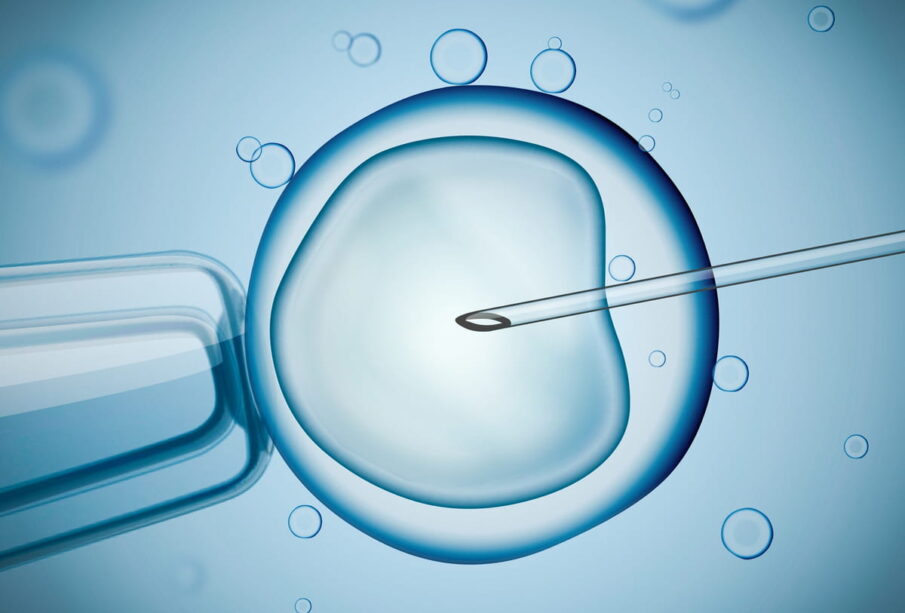The ICSI procedure increases the chances of IVF success

The method of ICSI, which involves the injection of prepared sperm into the cytoplasm of the egg cell, has been successfully practiced in the field of reproductive medicine for over 15 years. In complicated and even incurable cases of male infertility, the intracytoplasmic injection may become the only chance for the spouses to have genetically related children. In addition, ICSI allows us to “bypass” many other obstacles on the way to the desired pregnancy.
Practice shows that this procedure is required in 70% of in-vitro fertilization cases. That is why the method is used as a part of IVF, which multiplies the chances of achieving the best result. Clinics call the IVF + ICSI program for artificial insemination using intracytoplasmic injection.
ICSI procedure
Intracytoplasmic sperm injection – this is how this abbreviation is commonly deciphered. Let us try to understand in more detail what ICSI is.
If you are interested in costs of surrogacy, we advise you USA-based company Delivering Dreams.
As already noted, the ICSI procedure is part of the overall in-vitro fertilization program, so almost all of the steps take place as in a traditional IVF program. The difference between classic IVF and IVF + ICSI is only in the way the female cell is fertilized. Traditional IVF involves mixing all the male gametes obtained and several eggs, while ICSI allows for fertilization with only a single active sperm cell and a suitable female cell. Actually, the ICSI procedure involves injecting one prepared sperm into the cytoplasm of the egg cell.
This complex micromanipulation takes place under the maximum control of a qualified embryologist, who reproduces the entire fertilization process under laboratory conditions. The work is performed with a glass microinstrument under a powerful microscope that magnifies the image hundreds of times.
Spermatozoa for the procedure are obtained directly from the ejaculate or surgically. Their detailed diagnostics allow identifying and selecting the most motile specimen without defects. It is immobilized by a microneedle and “injected” into the cytoplasm of the oocyte by holding it with a special suction cup. The fertilized eggs are placed in a special environment, where new life is born. The subsequent control of fertilization, embryo development, selection of quality embryos, and their transfer into the uterine cavity takes place in the same way as in the classic IVF program.
ICSI: chances of success
The effectiveness of the ICSI method and positive world statistics give experts reason to confidently talk about high enough chances of success even in complicated situations.
According to statistics, IVF using the method of ICSI ensures normal development of the embryo in 80-95% of cases, and the probability of pregnancy is 50-70%. Possible lesions after fertilization by ICSI are estimated at only 2%. Actually, successful pregnancy or an unsuccessful attempt depends on the complexity of the diagnosis, associated pathologies, age of the spouses, quality of eggs, sperm obtained, and many other factors. Of course, the success of any progressive method will also depend on how timely the couple seeks help from specialists.









